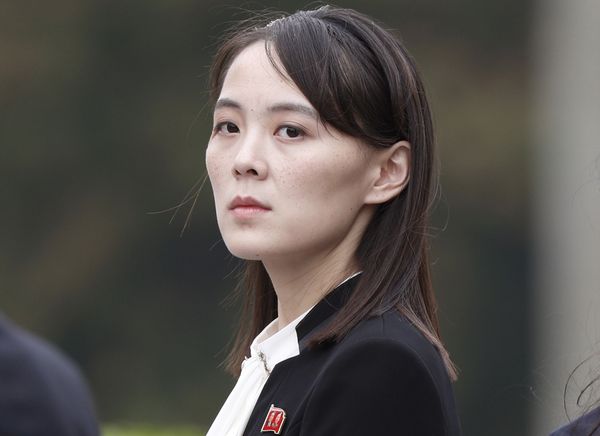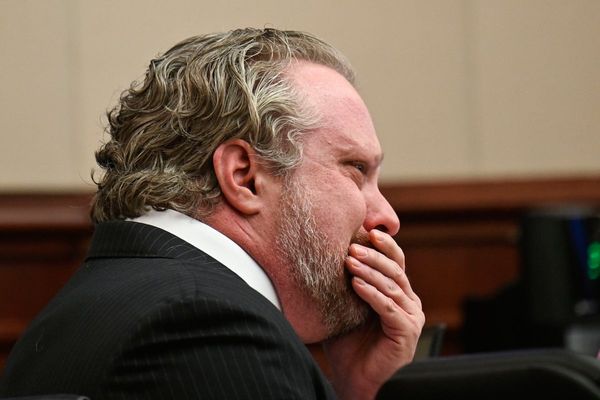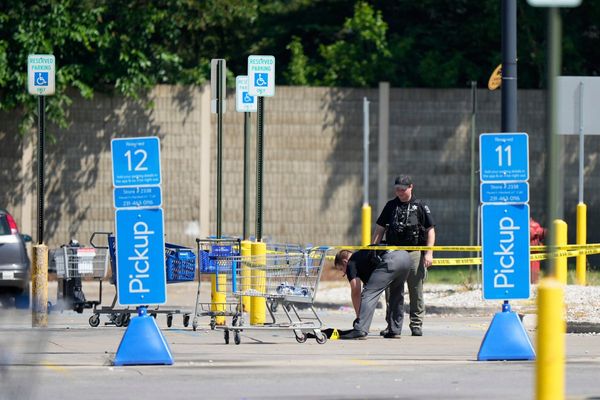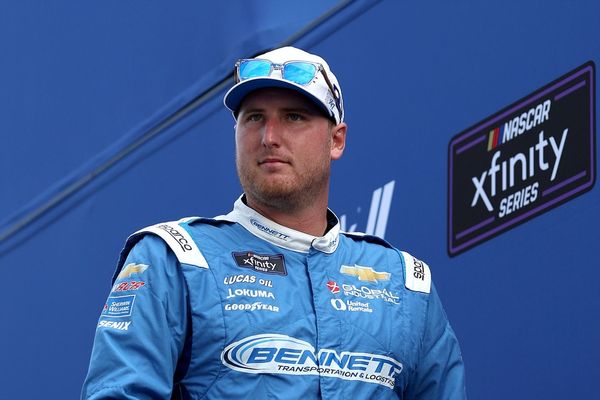
The Oklahoma City Thunder have one of the most promising cores of young players in the NBA. Led by 25-year-old All-Star guard Shai-Gilgeous Alexander, they also boast 2023 Rookie of the Year runner-up Jalen Williams, gifted 20-year-old Australian point guard Josh Giddey and highly touted 21-year-old seven-footer Chet Holmgren, who will debut this coming season.
What’s more, the wheeling and dealing of general manager Sam Presti in the trade market over recent seasons has seen them accumulate a bounty of 15 first-round picks to be redeemed over the next seven years.
It is realistic to imagine the Thunder developing into a genuine title contender in the coming seasons, yet there is uncertainty over where this exciting group of young stars will play by the time they are ready to realize their potential.
The 18,203-capacity Paycom Center has been the Thunder’s home since the team arrived in the Oklahoma City in 2008, when a group of investors led by OKC native Clay Bennett bought the Seattle Supersonics and moved the franchise.
The arena is owned by the city, which in itself is not uncommon; more than half of the venues used by the NBA are publicly owned. But most teams hold decades-long leases for their home arenas. The 15-year lease the Thunder signed with the city upon moving to OKC expired earlier this year and was replaced with a short-term agreement that commits them to Paycom Center for just three more seasons, up until the end of the 2025-26 campaign.
Opened in 2002, Paycom Center, or the Ford Center, as it was known at the time, cost $89.2m to build – a bargain for an NBA arena – and was originally constructed in the hope of attracting an NHL franchise to Oklahoma City. But after the New Orleans Hornets temporarily relocated to the city after Hurricane Katrina in 2005, Mick Cornett, the mayor of OKC at the time, claimed the arena was “more than adequate for an NBA team” ahead of the Thunder moving in.
A decade and a half since the Thunder came to town, however, Paycom Center has been surpassed by a swath of freshly built arenas around the NBA. In terms of square footage, it is the smallest stadium in the league.
“It’s a bare bones building,” Oklahoma City Chamber president Roy Williams told NonDoc last year. “And of course, it wasn’t built with an NBA franchise in mind. It was more about getting the NHL. Had we known we would someday get an NBA team, it would have been built differently. The technology and everything else has changed in that time. So it becomes a question of how long we can compete with a bare-bones building.”
Paycom’s shortcomings have not been a barrier to success for the Thunder in the past, as evidenced by the team’s march to the NBA finals in 2012, when they were led by future MVPs Kevin Durant, Russell Westbrook and James Harden.
But there is concern now that if the team’s on-court growth cannot be matched by the local government’s willingness to provide it with a suitable home, Oklahoma City could lose its only major-league sports franchise.
“Here’s the bottom line – the NBA has changed our city forever,” current mayor David Holt said last year. “The vast majority of our residents know that and want that relationship to continue. That fact speaks plainly that we can never rest on our laurels and must always be proactive. I am extremely optimistic that we can and will secure a long-term relationship with the NBA because we have great partners in the Oklahoma City Thunder and the time to open that dialogue is now.”
Holt recently said he expects a proposal for the construction of a new arena to drafted this summer, yet there has been no clarification over whether it would be entirely tax-payer funded or whether the Thunder’s ownership will foot some of the bill. Voters agreed for $100m of funding to be funnelled towards renovations to Paycom Center and the City apportioned $70m for a potential new building.
That figure is a drop in the ocean compared with the likely cost of constructing a state-of-the-art basketball arena, though. It’s unlikely that there would be any expectation for a new stadium for the Thunder to be as elaborate a project as, for example, the Chase Center, the Golden State Warriors’ $1.4bn home opened in 2019, or the LA Clippers’ $1.2bn Intuit Dome, currently under construction – both of which are team-owned. But even more modest NBA newbuilds have been vastly more expensive than Paycom Center’s low-cost construction two decades ago. The Sacramento Kings’ Golden 1 Center, opened in 2016 and regarded as one of the best-value NBA builds of the last decade, cost $558.2m.
The Thunder have thus far made no pledge to fund a new arena themselves. Asked about the prospect of a new stadium during his end-of-season press conference in April, Presti left the ball firmly in the city’s court.
“That’s really a Mayor Holt thing, so I’d really defer to him,” Presti said. “I know he’s talked about it a little bit publicly, but I don’t want to like step out of my lane on that. It’s really his thing.”
So as fans look to a bright future for the Thunder, there remains a looming uncertainty over where the NBA’s potential next great team will actually play.
This article was amended on 3 August 2023. We originally said the leader of the Oklahoma City Thunder ownership is Sam Bennett – we should have said Clay Bennett.







